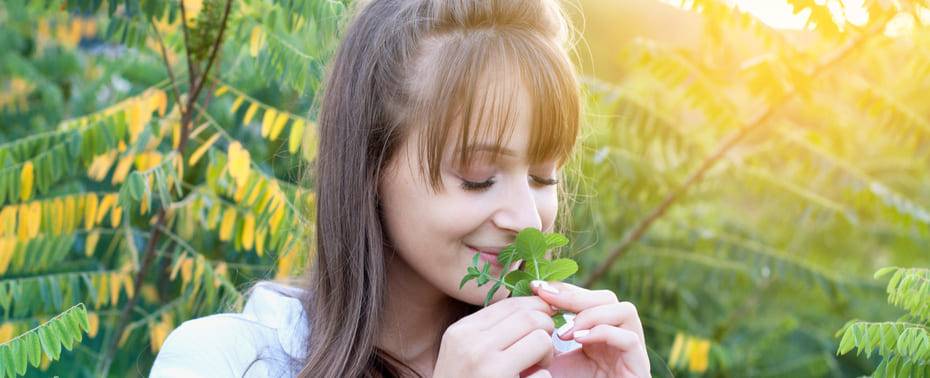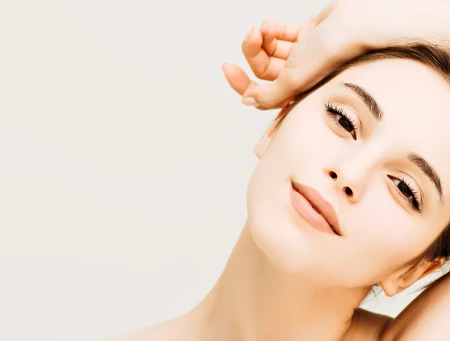The place of cosmetics in the wellness market
According to study by Cosmetics Europe, more than 70% of consumers believe that their cosmetics and personal care products improve their quality of life. 80% qualify them as important or very important in building their self-confidence.
In 2020, the Global Wellness Institute estimated the wellness economy at 4.4 trillion dollars. The COVID-19 crisis has considerably reinforced the importance of physical and mental health for many consumers and has stimulated the huge increase in well-being and the decrease of stress resulting from the use of personal beauty and care products. In the course of 2020, more than one-third of American consumers extended their care routine. In the wellness economy, almost one product out of four is now in the category of “beauty and personal care”.
The cosmetics industry is paying very special attention to suggesting care routines focusing on relaxation and that are demonstrating the relation between lifestyle (diet, sleep, stress, etc.) and health of the skin. The use of various accessories that help to relax (for example: gua sha with pink quartz) and the use of ingredients having an objective effect as well as affecting sensorial perception also consolidate the strategies of cosmetics companies when promising a better quality of life by the use of their products.
Among the three principal movements responsible for the growth of this market, we can mention personalization of care products, the use of plants recognized for their capacity to increase well-being or soothe the mental state, and ancestral knowledge transmitted by oriental medicines such as Ayurveda and traditional Chinese medicine.
Use of traditional medicines for “well-being” cosmetics
Ayurveda, undoubtedly the oldest therapeutic system in the world, is a traditional Indian medicine based on the use of plants. Used for more than 5,000 years, it employs a holistic approach to health that is based on the individuality of each person so as to care for the body and mind. Seen as a veritable way of life, the goal of Ayurveda is to prevent illness by re-equilibrating the three doshas (vital energies): Vata, Pitta and Kapha. According to its principles, genetics, age and lifestyle, one or two doshas predominate and qualities of the skin are directly dependent on their characteristics.
Peppermint (Mentha piperita) has a fresh aroma that soothes the body and mind and alleviates stress. In Ayurveda, its leaves have a refreshing energy that reduces the doshas Pitta and Kapha and prevents skin problems.
Ashwagandha (Withania somnifera) is considered to be one of the leading rasayanas, plant preparations that promote physical and mental health and strengthen capacities to resist all types of stress factors. This plant is highly prized by local populations because its culture is proof of the ancestral know-how of farming families that have grown it for generations.
The goal of Traditional Chinese medicine (TCM) is to treat the body and mind using the “vital energy” (Qi) that would spread in the body from the seven chakras. The balance of energies is disturbed by a number of factors such as the environment or emotions. TCM involves five practices to liberate Qi and thereby alleviate various types of disorders (migraine, lack of energy, menopause, stress, etc.): acupuncture, traditional massage (Tui Na), Qi Gong, dietetics and the pharmacopoeia.
The dried root of red sage (Salvia miltiorrhiza) is an obligatory part of the Chinese pharmacopoeia. Among the properties described in TCM, this concentrate of beneficial molecules can improve blood circulation, treat cerebral disorders and even some skin diseases.
SILAB’s products tied to well-being and Ayurvedic and Chinese medicines
CALMISKIN®, obtained from peppermint, provides an immediate sensation of soothing by stimulating the production of beta-endorphins, also called “pleasure hormones”. By slowing the release of key mediators of inflammation, including interleukins-1α and -8, prostaglandin E2 and histamine, and by regulating cutaneous microcirculation, it limits the symptoms of skin irritation.
ADAPTONYL®, obtained from the roots of ashwagandha, controls the effects of cortisol, the “stress hormone” released by a psychological stress and a lack of sleep, thereby contributing to restoring cutaneous homeostasis. It also acts on the other six factors of the exposome, reduces markers of oxidative and inflammatory stress and boosts cell metabolism. After application in vivo by volunteers selected for their moderate to very high exposure to several exposome parameters, ADAPTONYL® provides cosmetic benefits as of 14 days by smoothing skin microrelief, improving skin grain and reviving complexion radiance.
NEUROFENSE®, obtained from the roots of red sage, is a soothing bio-inspired concentrate that targets the three biological components involved in cutaneous sensitivity: it neutralizes neuronal hyper-reactivity by inhibiting TRPV1 (the key receptor of sensitive skin), restores the cutaneous barrier quality and limits skin inflammation. It also has the capacity to boost the synthesis of CB2 (cannabinoid expressed by many skin cell types).







